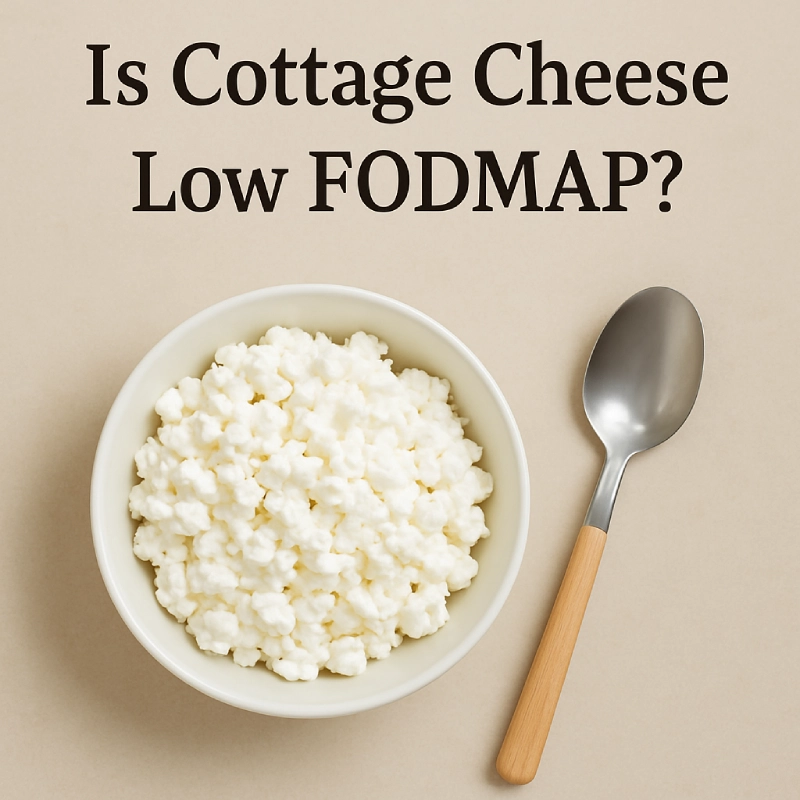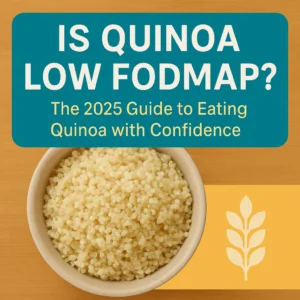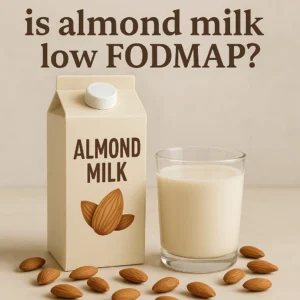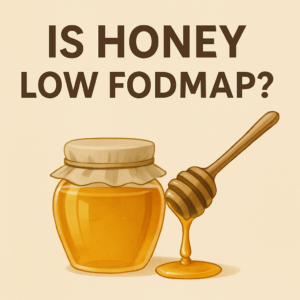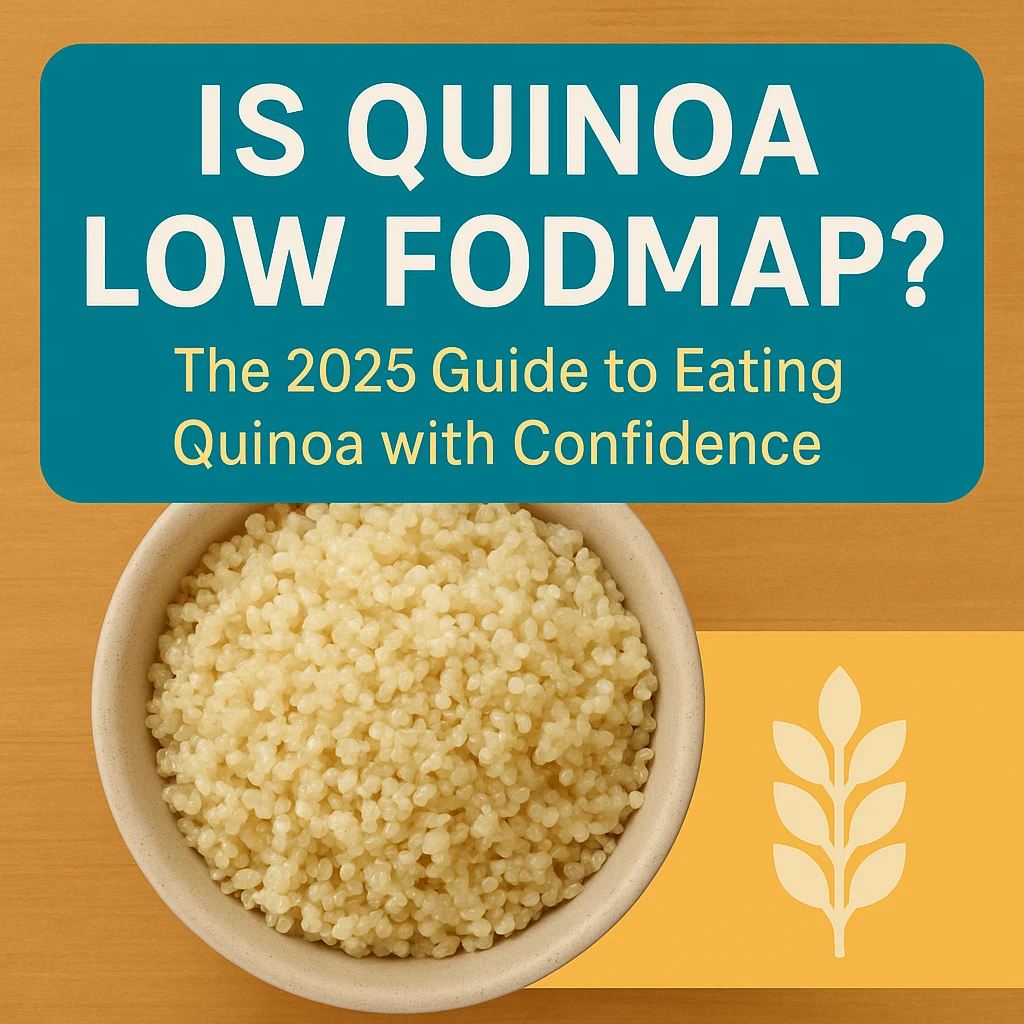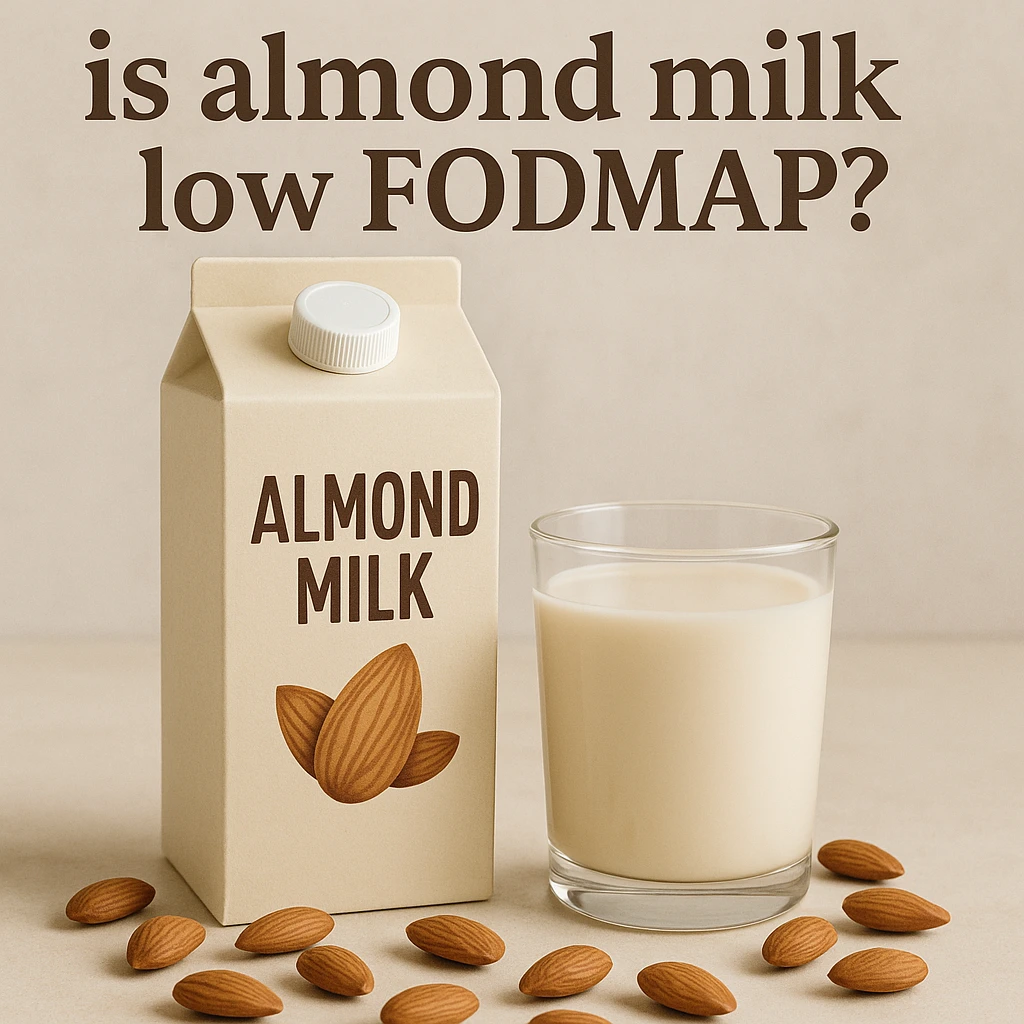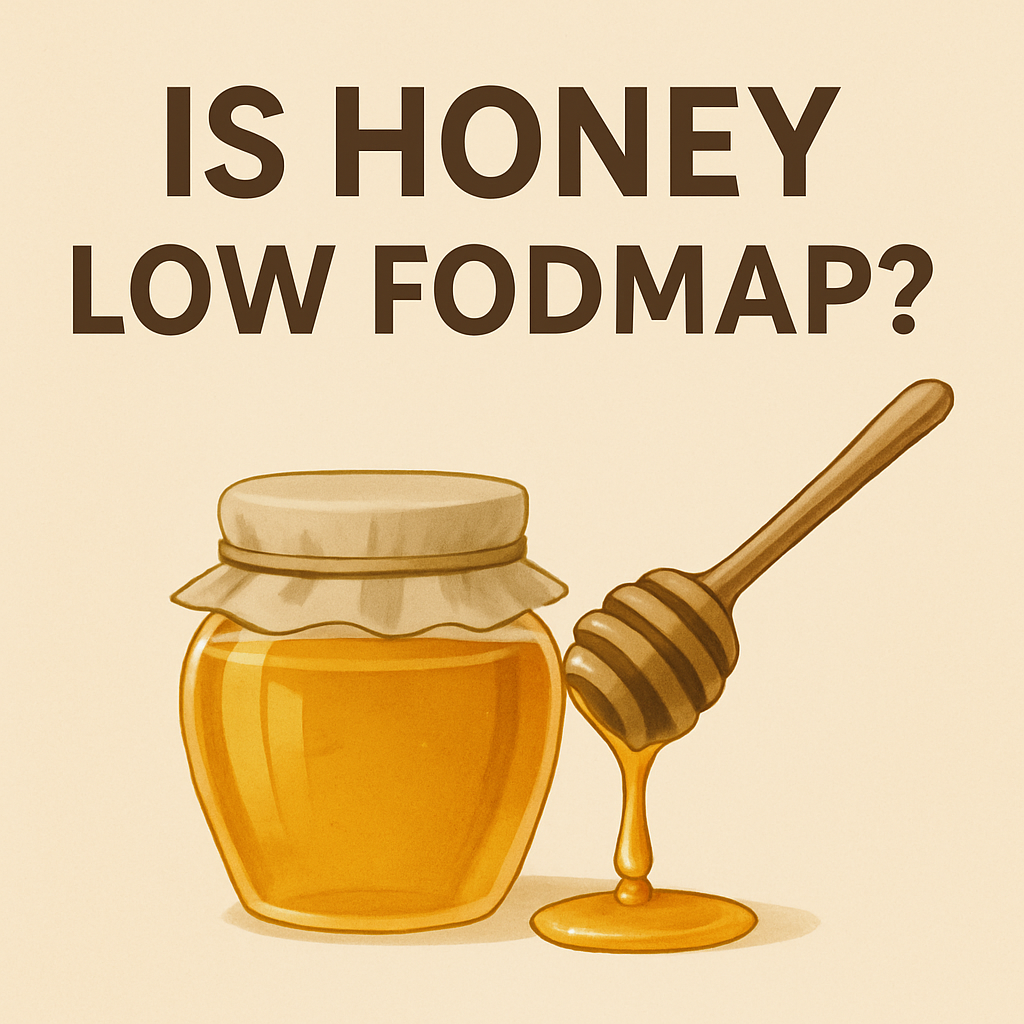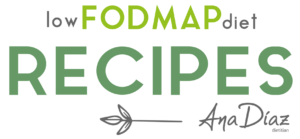Cottage cheese is often overlooked when you’re following a low FODMAP diet. But is it really off-limits? The truth might surprise you. In small portions, cottage cheese can fit into a low FODMAP lifestyle, but it’s important to be mindful of how much you eat.
Table of Contents
For many people navigating irritable bowel syndrome (IBS), dairy can feel like a minefield. The key issue is lactose, a natural sugar found in milk and soft cheeses. Cottage cheese, being a fresh cheese, contains more lactose than harder, aged cheeses. That doesn’t mean you have to cut it out completely, but it does mean you need to pay attention to portion sizes.
Why Cottage Cheese Can Be Tricky
Cottage cheese is a soft, fresh cheese that hasn’t been aged. It’s made by draining the curds from whey but retaining some of the liquid, which includes lactose. Lactose is a fermentable sugar classified under the FODMAP group, and it can be difficult to digest for those with IBS or lactose intolerance.
According to Monash University, the leading authority on FODMAP testing, cottage cheese can be considered low FODMAP at a small serving of about 40 grams (roughly two tablespoons). This is the amount they’ve identified as safe during the elimination phase of the low FODMAP diet.
Eating more than this small portion can increase your intake of lactose to a level that may cause bloating, gas, or discomfort. Everyone’s tolerance is different, but understanding how your body reacts to certain quantities is essential.
What the Science Says
Monash University’s research provides a solid foundation for making informed choices about cottage cheese. In their tests, they measure the FODMAP content of foods per serve, offering a colour-coded system to help guide decisions:
- Green (Low FODMAP): Safe to eat during elimination
- Orange (Moderate FODMAP): May be tolerated by some, depending on personal sensitivity
- Red (High FODMAP): Likely to trigger symptoms
Cottage cheese falls into the green zone at 40g. However, at 60g and above, the FODMAP content moves into moderate territory, indicating that larger portions could be problematic for many.
How to Enjoy Cottage Cheese Safely
Stick to Small Servings
If you’re in the elimination phase of the low FODMAP diet, keep your serving of cottage cheese to around 40 grams. This small amount is less likely to cause symptoms.
Combine with Other Foods
Eating cottage cheese as part of a balanced meal can ease digestion. Try adding a spoonful to a salad, spreading it on a low FODMAP cracker, or blending it into a smoothie. Pairing it with fibre-rich vegetables or grains can help slow down digestion and reduce the risk of triggering symptoms.
Read Labels Carefully
Not all cottage cheese products are the same. Some have added cream or milk, which can increase the lactose content. Always check the nutrition label. If the product has less than 1 gram of sugar per serving, it likely contains minimal lactose. But many brands include 2–3 grams or more per serving, so it’s important to compare options.
Consider Lactose-Free Versions
Lactose-free cottage cheese is available in many supermarkets. These products have the same taste and texture but without the lactose. They’re an excellent choice if you enjoy cottage cheese regularly and want to avoid any digestive surprises.
Comparing Cottage Cheese with Other Cheeses
| Cheese | Low FODMAP Serving | Notes |
|---|---|---|
| Cottage cheese | ~40 g | Moderate FODMAP at larger servings |
| Cheddar, Mozzarella, Feta | ~40–500 g | Naturally low in lactose, well tolerated |
| Brie, Camembert, Parmesan | ~40–500 g | Soft or aged cheeses with low lactose |
Most aged cheeses have very little lactose because the bacteria used in the aging process break it down. These cheeses are often better tolerated and can be eaten in more generous amounts without triggering symptoms.
The Role of Lactose in IBS
For many with IBS, lactose intolerance is a key concern. Lactose that isn’t properly digested passes into the colon where it’s fermented by gut bacteria, producing gas and drawing in water. This process can lead to bloating, cramping, and changes in bowel movements.
By choosing low-lactose options like aged cheeses, or limiting high-lactose foods like cottage cheese to small amounts, you can manage symptoms more effectively.
It’s important to remember that lactose intolerance exists on a spectrum. Some people can tolerate a small glass of milk or a dollop of yoghurt without issue, while others react to even a few bites.
Is Cottage Cheese Worth Including?
Cottage cheese is rich in protein and calcium, making it a nutritious choice. It’s also lower in fat than many aged cheeses, which can be helpful if you’re watching your fat intake, another common IBS trigger for some.
When included in a balanced way, cottage cheese can offer benefits:
- High in protein: Helps with satiety and muscle repair
- Rich in calcium: Supports bone health
- Low in fat options available: Easier on digestion for some
If you’re able to tolerate a small portion without symptoms, it can be a satisfying addition to your meals.
Tips for Testing Tolerance
After completing the elimination phase of the low FODMAP diet, you’ll start reintroducing foods to identify what works for you. Here’s how you might test cottage cheese:
- Start Small: Begin with 40g (about two tablespoons).
- Wait and Monitor: Keep track of any symptoms over the next 24 hours.
- Gradually Increase: If you feel fine, try increasing to 60g and observe.
- Keep Notes: A food and symptom diary is your best tool during this process.
Everyone’s gut is different. You may find that you tolerate cottage cheese better in the morning than at night, or only when it’s part of a larger meal.
What If Cottage Cheese Doesn’t Work for You?
If you notice that even small servings cause discomfort, don’t worry, there are plenty of alternatives:
- Lactose-free cottage cheese
- Greek yoghurt (lactose-free)
- Firm tofu
- Aged cheeses (cheddar, parmesan, etc.)
You can still meet your protein and calcium needs without relying on cottage cheese.
FAQs About Cottage Cheese and FODMAPs
Can I eat cottage cheese on a low FODMAP diet?
Yes, but only in small amounts, about 40 grams is considered safe.
What happens if I eat too much cottage cheese?
You might experience bloating, gas, or other IBS symptoms due to the lactose content.
Are there better cheese options?
Yes. Aged cheeses like cheddar and parmesan are much lower in lactose and often better tolerated.
How can I tell if cottage cheese is low in lactose?
Check the nutrition label. If it has less than 1g of sugar per serve, it’s likely low lactose.
Is lactose-free cottage cheese low FODMAP?
Yes. Because the lactose is removed, it’s generally well tolerated by those sensitive to FODMAPs.
What about whipped or flavoured cottage cheese?
These may contain added ingredients, including high FODMAP sweeteners. Always read the label.
A Gentle Reminder
Everyone’s tolerance is different. If you love cottage cheese, try starting with a small amount and see how you feel. Keep a food journal to track your symptoms, and don’t hesitate to speak with a dietitian if you need guidance.
With a little curiosity and care, you can find a way to enjoy the foods you love, even on a low FODMAP journey. And remember: it’s not about perfection, it’s about what works best for you.

